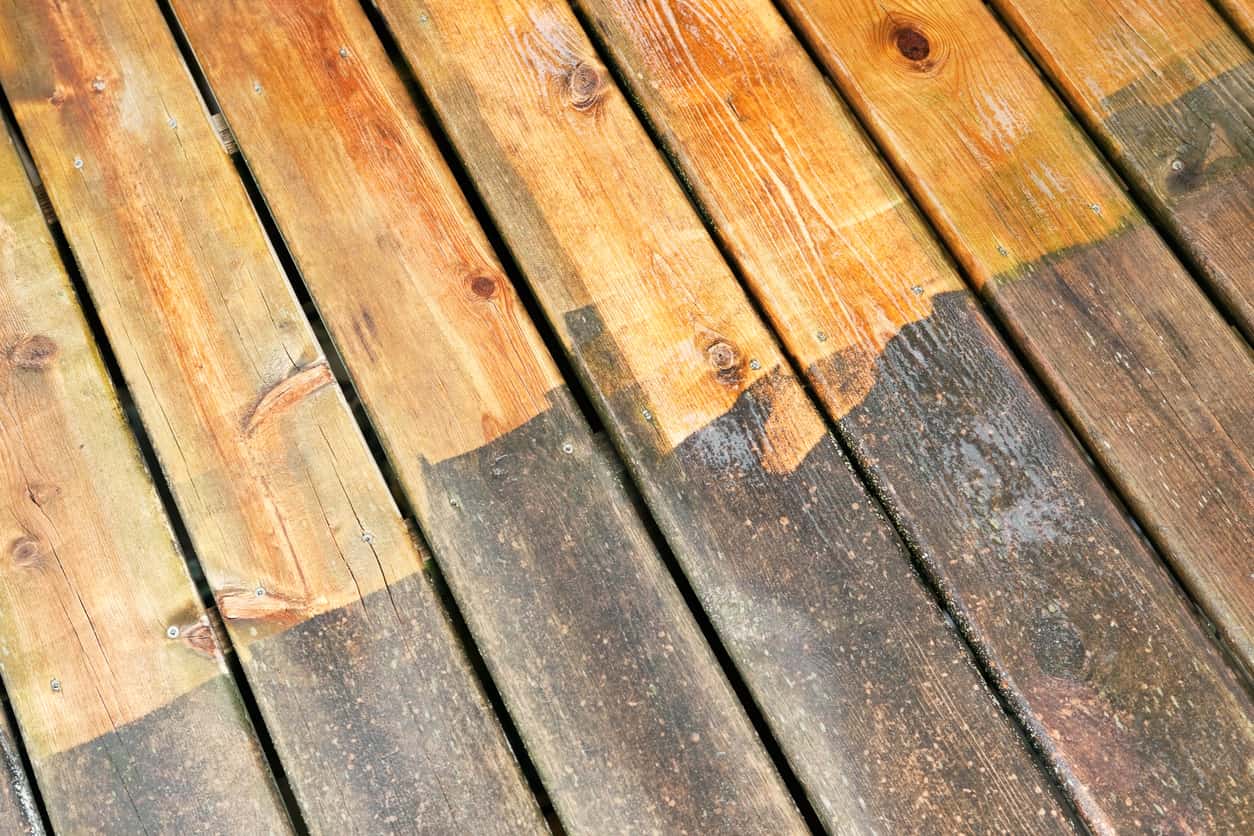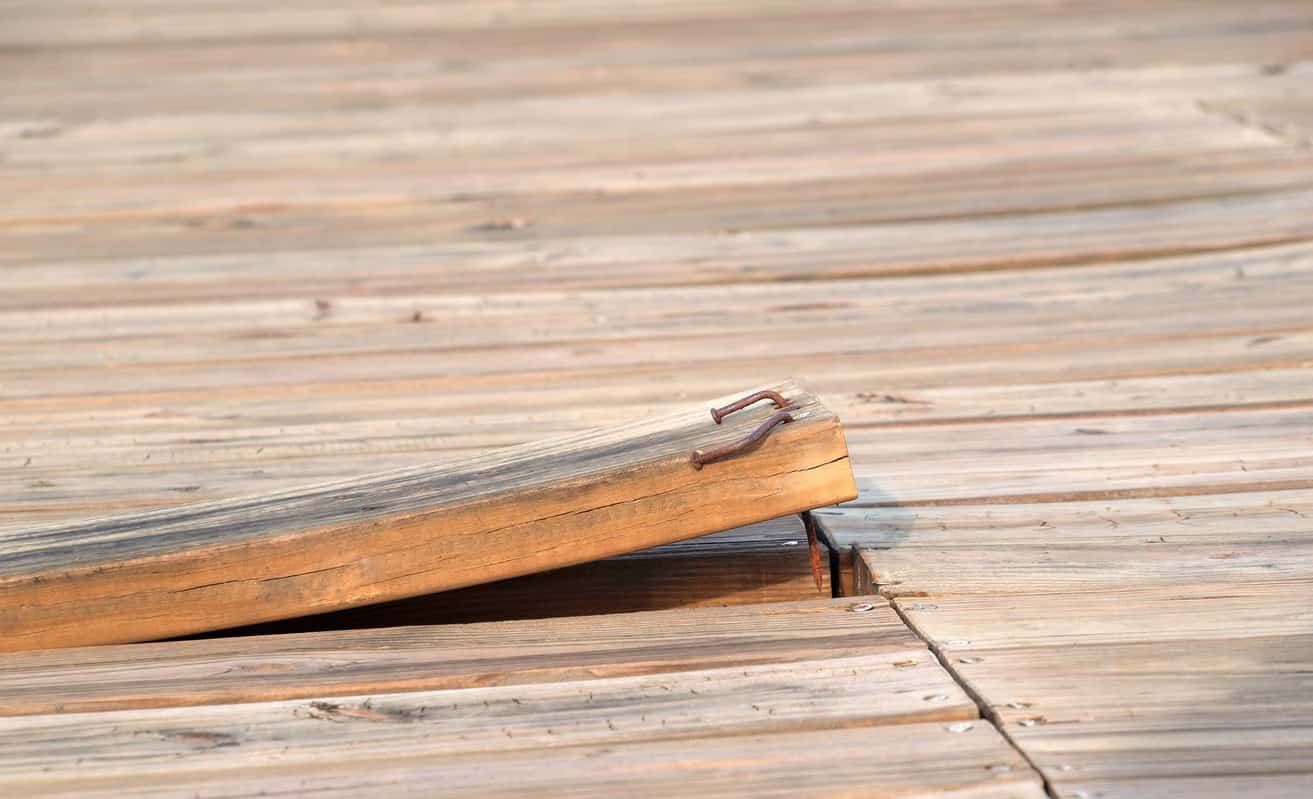How to Minimise Waste from Timber Cladding
Proper timber waste management is vital for construction and cladding processes. It ensures your project is sustainable by minimising the amount of waste, providing both profit incentives and environmental benefits.
At NORclad, we’re a leading supplier in the South West of high-quality timber cladding solutions. We provide you with expert advice for your cladding projects and have put together this article to inform you on how to minimise waste, manage waste, and choose sustainable timber.
Planning Your Project to Minimise Timber Waste
The first step to minimising timber waste from cladding is to plan your project with the quantity, type, and application of the cladding you’re going to use in mind.
This involves an analysis of the needs of your project, increases in the amount of wood required depending on the treatment process, and a plan to properly implement cladding into your build without resulting in excess materials or waste.
While ordering too much timber for your project isn’t the end of the world, it does come with a number of detrimental effects for both you and the environment, so it’s best to work with a trusted timber cladding expert, like NORclad, to ensure you get the right amount of cladding to complete your project.
The Impact of Improper Planning
If your project management doesn’t result in the right amount of timber cladding to suit your project, this can lead to negative impacts on sustainability and the overall price. Two of the main issues that can arise from improper planning are cost and excess materials.
Cost. The main detriment to improper planning for timber cladding is the cost. Too little and you’ll end up having to repeat orders which adds to management and transportation costs, while too much and you’ll have overpaid for your project while also creating unnecessary waste from excess materials.
Excess Materials. Any leftover materials will have to be dealt with accordingly. This increases the waste from your project and requires management for disposal. While wood is typically recyclable, this does depend on its classification and coatings, and the recycling process using energy which impacts sustainability efforts as well.
Getting expert advice on your timber cladding requirements can solve both these issues. Get in touch with NORclad to receive support and quality timber cladding for your next project.

How to Manage Waste from Timber Cladding
Timber waste management begins by understanding how waste from timber can be dealt with, what the regulations surrounding it are, and the different ways that you can achieve sustainable construction for your project.
While cutting out waste is the best solution, it is still possible to end up with some waste wood even with the best project management. Different circumstances can arise such as the treatment process using less of the buffer for your wood than expected, leading to waste timber at the end of the project.
Wood Waste Regulations 2023
Wood waste from construction and waste timber that has been treated or contains creosote is classified as Grade D. Under the new regulations in 2023, these types of wood are automatically assigned as hazardous and are no longer put through the usual recycling process.
Wood can be tested to determine whether or not it is hazardous as an extra stage in the waste management process. If it is determined to be non-hazardous, it can be recycled as normal.
Waste wood from these sources is estimated to be less than a percent of the total wood waste, meaning it doesn’t impact overall sustainability in a large way. Another way to avoid this issue is by minimising waste from the project in the first instance.
How to Achieve Sustainable Construction
Manage timber waste by removing it entirely with sustainable construction methods. Some of the top ways to achieve sustainable construction are:
- Reduce waste with effective project management and planning.
- Use external experts like NORclad to receive expert advice and support.
- Work with good waste management suppliers to handle any wood waste.
- Reuse excess timber in other projects.
Sustainable construction for cladding can only be achieved through careful practices and good timber waste management. Without proper consideration of the materials you’ll use, and how waste will be dealt with, you’ll end up with detrimental effects on your profits and the environment.
For more check out our beginner’s guide to sustainable construction >

Sustainable Methods for Timber Cladding
Managing waste and achieving sustainable construction for timber cladding can be helped further by taking advantage of different ways to use timber sustainably. Timber is inherently an eco-friendly material, and when managed appropriately it becomes a high-quality, beautiful option to use on the façade of your building.
How to Use Timber Cladding Sustainably
We’ve put together our top four ways to help you determine whether the timber you’re using is sustainable, and how to use it:
- Use FSC Certified Timber Providers. The FSC Certification is a great indicator as to the sustainability of products from a given provider.
- Reclaimed Wall Cladding. This can provide a rustic look to a small project or give an outlet for excess timber cladding from your projects by reusing unused materials. Due to required wood grades, this method is not suitable for every project.
- Manage Materials Effectively. By not using an excess of materials in the first place, you cut down on waste as well as energy used in the production, transportation, coating, and recycling processes for your timber cladding.
- Understand the Environmental Benefits. Properly understanding the environmental benefits of using timber in your projects may lead you to using it more often – as a great, natural source of construction material, timber offers robust usage and eco-friendly results.
Find out more with our article discussing the sustainability of timber sources >
Efficient Timber Cladding Services from NORclad
The best way to manage timber waste from cladding your building is to prevent waste entirely. By understanding the scope of your project and using timber suppliers with the proper accreditations, you’ll be in a great position to minimise or eliminate waste timber from your construction project.
Reduce costs and maximise the sustainability of your projects with expert management support from NORclad. Get in touch with our team today, browse our timber cladding products, or see some related articles for more information and advice.
Discover the impact that timber cladding has on your building’s performance and durability >
See some examples of organic building materials for more inspiration >


















